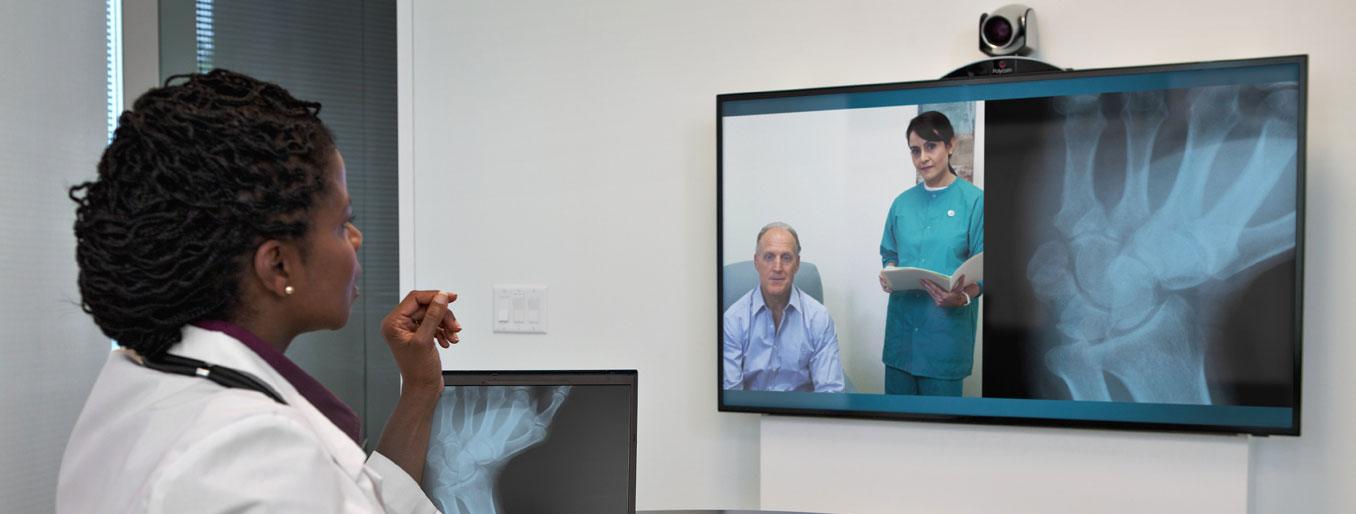Telemedicine is emerging as a disruptive force in the healthcare industry. Moving beyond the hype cycle, telemedicine is now beginning to witness increased adoption by both providers and patients. Mental Health specialists have been one of the early adopters of telehealth technology and it is beginning to have a significant impact in improving the availability and quality of care.
Below we explore some of the key reasons for this rapid adoption of telemedicine in the area of mental health services.
Chronic Shortage of Mental Health Professionals: Mental Health is an area where there has always been a chronic shortage of providers. In the United States, for example there are 30 psychologists per 100,000 people and 15.6 psychiatrists per 100,000 people. The numbers however are skewed towards metropolitan areas. In rural counties within the United States, the numbers are 9.1 psychologists and 3.4 psychiatrists per 100,000 people respectively.
Across the world in a country like India the number of psychiatrists stands at 3500 against an actual requirement of 11,500.The required mental health workforce for the country (including psychiatrists, psychologists, social workers, nurses) is estimated to be 54,750. The actual numbers are close to 7500.
This is however a global problem and a World Health Organization report from 2001, estimated that one in every four people would suffer from a mental or neurological condition at some point in their lives. However 30% of countries did not have a mental health programme in place. The situation might have evolved since then, but the shortage remain unaddressed. Both the developed and developing countries are grappling with increased opioid abuse.
One of the direct implications of this global shortage is that 76-85% of mental health issues in developing countries and 30-50% of mental health issues in developed countries go untreated.
Telemedicine provides an evident solution for bridging the gap in availability of providers. Telemedicine erases geographical boundaries and allows the care to be made available wherever it is needed. Besides bridging the availability gap, telemedicine can also be a savior for mental health patients in terms of reduced appointment wait times.
Affordability: Affordability of healthcare is a critical issue, especially in developing countries. Most countries provide relatively limited healthcare coverage and for the poorer segments of society this often means that being ill is just not affordable. It would therefore come as no surprise that mental health illnesses are typically left undiagnosed and untreated.
The telemedicine revolution is also expected to have an impact on the affordability of mental health services as it allows a more natural balance of demand and supply. As the telemedicine revolution gathers momentum, entrepreneurs in every country have been quick to embrace the opportunity. Digital Healthcare has opened up the opportunity for non-healthcare professionals to use technology to address the gaps that exist in the market. One of the side effects of the increasing competition in the consumer telehealth space would be the increasing affordability of telehealth consultations including mental health services.
Accessibility: Accessibility of qualified mental healthcare is another key problem. There are a number of different factors that contribute to the lack of accessibility:
- Physical Travel: Even though qualified mental health providers might be available, the physical travel involved in accessing help often causes patients to defer their treatment.
- Existing Medical Conditions: People suffering from mental health illnesses might unfortunately be suffering from other health conditions, especially chronic conditions. This can end up hindering the treatment of mental health illnesses.
- Work Schedules: For many people with non serious mental illnesses, seeking treatment can sometimes end up being an optional or low priority objective. Frequency of care can also be a casualty of a busy work schedule.
Telemedicine can help providers tackle this problem of accessibility quite effectively. Telemedicine technology has progressed to a point where high quality telemedicine calls can be done using just a browser. Armed with just an internet enabled laptop or a mobile computer, providers will be able to engage with their patients effectively using virtual face to face video calls. The video calls enable providers to engage with their patients irrespective of their geographic location, without compromising on the quality of care.
The increased accessibility and convenience provided by telemedicine allow providers to extend care to patients with existing medical conditions which previously posed physical challenges to the delivery of mental care services.
The improved frequency of care is another aspect of mental health care that telemedicine is helping to address.
The Stigma of Mental Health Illnesses: A lack of awareness and understanding, has resulted in Mental Health Illnesses historically being stigmatized. A quick review of the portrayal of mental illnesses in mass media and it should be evident that this stigma survives even today. Besides having to contend with the impact of their illness, patients unfortunately have to battle this social stigma associated with mental health.
Enter Telemedicine. Telemedicine allows patients to seek the required care and engage with their providers from the comfort of their homes or other private spaces. Seeking help is simplified to booking an online appointment and finding a private space away from prying eyes to participate in the session.
Increased Provider Revenues: For existing providers, telemedicine can translate into significant additional revenue for their medical practice. Telemedicine allows providers to break out the restrictions of geographic boundaries and extend care to a wider patient population. This typically results in a significant increase in patient flows. Telemedicine also enables providers to effectively reduce no-shows and increase frequency of care. Increased accessibility, patient convenience and frequency of care can all contribute to a significant increase in practice revenues.
As telemedicine adoption begins to pick up significant momentum, mental health care providers continue to rapidly embrace the technology. Telemedicine has helped mental health practitioners extend their care to needy and underserved patient populations and also provided an effective solution to combat the stigma associated with mental healthcare. Online appointments, automated reminders, remote patient monitoring combined with virtual video calls enable mental healthcare providers to extend high quality care to their patients using just a mobile app or a web browser.




